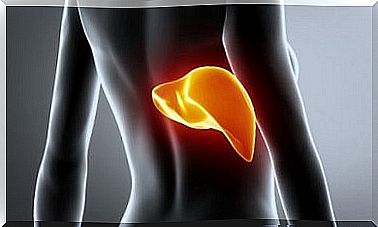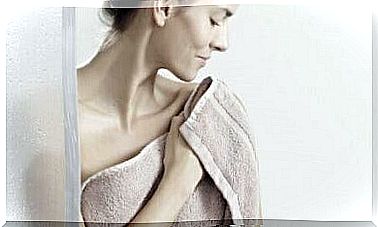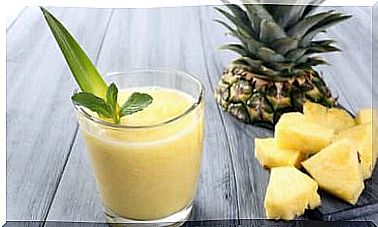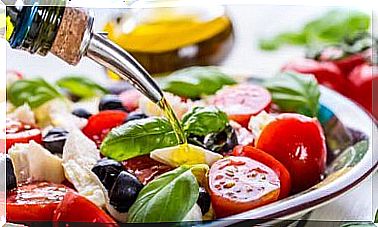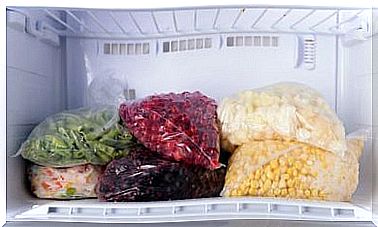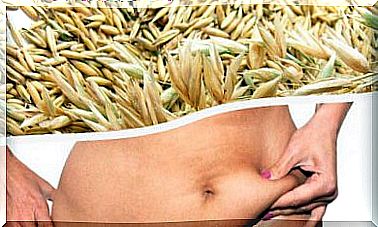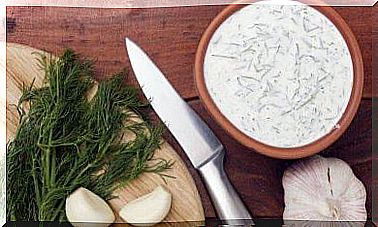How To Prepare A Natural Detergent At Home?
The advantage of homemade products is that we are sure that the ingredients they contain are 100% natural. In addition, we can add the fragrance that we like.
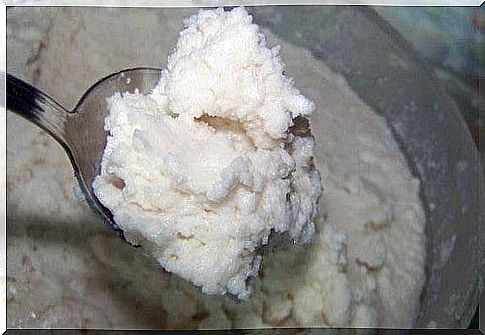
We often seek, for reasons of economy or ecology, to reduce our expenses as much as possible by recovering the products and objects that we consume regularly for another use. This recovery can be done in several ways and on several household products, such as making natural detergent for example.
There is indeed a solution to make a natural detergent at home, or even a softener based on aromas, without breaking the bank. We will also share some tips in today’s article.
The virtues of a natural detergent
The fact of preparing our own detergent could bring a lot of positive points, and this on several levels:
- It is economical. Branded products are quite expensive these days. Homemade detergent made from inexpensive ingredients, however, is not.
- It is convenient. It does not require special knowledge, since the recipe is simple to make and the ingredients are easily found.
- It’s ecological. It is important for our environment not to abuse the use of polluting products that threaten the atmosphere.
- It is antiallergic. A natural detergent does not contain chemicals that harm our health, especially babies or those with sensitive skin.
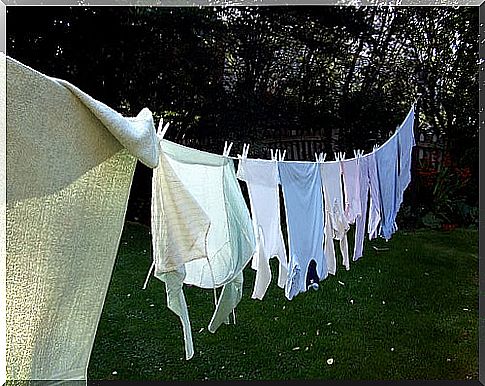
Natural ingredients
To prepare this kind of detergent, we need natural ingredients that we can find at home, such as sodium bicarbonate for example, the latter acts as a disinfectant and deodorant at the same time, it also neutralizes the pH when the latter is quite acidic or alkaline, and provides softness to fabrics.
On the other hand, the soap on which our detergent is based is also normal soap, like the one we used to wash clothes by hand. It could be a soap made from natural fats, coconut soap, glycerin soap, Marseille soap ……. etc.
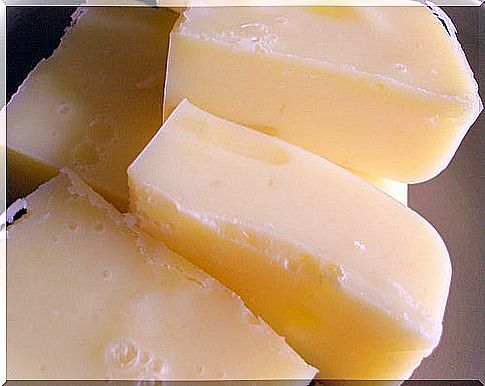
What do we need?
- One or two soap bars
- 2 glasses of borax
- 2 glasses of sodium bicarbonate
- Optional: essential oils, lemon, or lavender
- Water
Utensils
- Bucket
- A medium-sized saucepan
- A wooden spoon
How to prepare it?
- Grate the bar of soap, then pour everything into two glasses.
- Then put a liter of water to boil in a pot then add two glasses of soap. Let everything heat over low heat while stirring with the spoon from time to time.
- Put borax and sodium bicarbonate in another container. Add the water that you have boiled with the already melted soap then mix everything well with a wooden spoon until it is well dissolved.
- Then add 7.5 liters of water then dissolve everything with the spoon.
- Now is the time to add, if you wish, a little essential oil (about 15 ml) and stir again.
- Then pour everything into the bucket.
- You can keep this product in an empty bottle which you can also label for safety. You should also remember to shake the bottle well each time you use it.
And the softener?
Using vinegar is the most natural, economical, and effective way to replace a branded fabric softener.
This element not only helps us to clean our clothes but also to soften the fabrics, to get rid of dust and even to avoid static electricity. The vinegar is also used to soften the water for cleaning the tubes and pipes of the washing machine residues of dirt, soap, rust, mold, etc.
To obtain a specific fragrance, one of the following ingredients should be used:
Citrus (lemon, oranges, tangerine): helps to deep cleanse, remove grease residues and give clothes a good smell
- Lavender This is the aroma par excellence for many detergents. It contributes in fact to disinfect and to provide its relaxing and softening properties.
- Tea tree: excellent for eliminating fungi
- Eucalyptus. this oil helps to give off a fresh scent and helps eliminate germs.
You can also use the juice of half a lemon added to vinegar in case you prefer to separate from the essential oils.
What to do for stubborn spots?
Before washing your stained clothes, apply a little baking soda and vinegar and scrub the stains well with a brush.
Also read: 7 virtues of sodium bicarbonate
